Known for its striking beauty, the crimson (Pennant's) rosella is a popular medium-sized pet parrot. Its eye-catching colors make this species appealing to bird lovers of all types, but it may not be the best choice for inexperienced bird owners. This bird is not easy to train or handle.
Species Overview
Common Names: Crimson rosella, Pennant's rosella
Scientific Name: Platycercus elegans with seven subspecies: P.e. elegans, P.e. nigrescens, P.e. melanopterus, P.e. fleurieuensis, P.e. subadelaidae, P.e. flaveolus; and P.e. fleurieuensis x P.e. subadelaidae x P.e. flaveolus
Adult Size: Crimson rosellas are medium-sized birds, measuring about 10 to 14 inches
Life Expectancy: On average, 20 to 30 years
Origin and History
The crimson rosella is a medium-sized parrot that is native to eastern and southeastern Australia. It lives in open forests and woodlands, as well as gardens and parklands. The species was scientifically named Psitticus pennanti by John Latham in 1781 after British naturalist Thomas Pennant. Pennant never left Europe, but he devoted his life to illustrating and describing European animals, mostly in Britain.
In 1825, the bird was reclassified to the Platycercus genus. Platycerus means "broad-tailed" or "flat-tailed," reflecting a feature common to rosellas and other broad-tailed parrots. Early European settlers first encountered the eastern rosella at Rose Hill, New South Wales, so it was first called the Rosehill parakeet, which became "Rosehiller," and eventually "rosella."
Temperament
Owners of crimson rosellas have noted that these birds need socialization and handling every day to remain tame and friendly with their human family members.
Some crimson rosellas may go through a nippy bluffing phase during adolescence, which owners must find a way to work through.
Overall, however, these are sweet, albeit mischievous little birds. Because of their high intelligence and curious nature, they must be under constant supervision when out of their cages to prevent them from getting into trouble.
Speech and Vocalizations
While these birds can learn to speak a few words, crimson rosellas are not especially good talkers. These parrots are not the right choice for those who have their hearts set on owning a talking bird. They can, however, learn to mimic whistled tunes rather easily.
Less vocal than many other hookbill species, crimson rosellas still have deafening raucous calls that they will display from time to time. Their normal vocalization is a high-pitched whistle that can get quite shrill when the bird is alarmed.
Crimson Rosella Colors and Markings
Crimson rosellas have a slender body like Asiatic parakeets. They are a dimorphic species, meaning you can tell the sexes apart by looking at them. Male birds are mostly a vivid red with patches of bright blue on their faces and wings with black feathers highlighting the feathers on their backs. They have long blue tail feathers. Females of the species look mostly the same, but they sport a dark greenish patch above the middle of their tail feathers.
The various related subspecies show different patterns of color and, in some instances, entirely different hues. Platycercus elegans flaveolus, for example, is a yellow bird. Other subspecies, though, can rightly be called crimson, but with variations in shading and pattern.
Caring for a Crimson Rosella
Crimson rosellas are not cuddly, human-friendly birds like other parrots. This bird may willingly perch on a shoulder, but it is not likely to tolerate petting. If very tame, a rosella can be around a careful, older child, but this is not generally recommended since even well-trained birds tend to be nippy.
Rosellas are great aviary birds; they can freely exercise in outdoor aviaries. If an aviary is not an option, then provide the largest enclosure possible. At the very minimum, this bird can live in a medium-sized cage that is at least 30 inches square. It can be housed with another rosella in an aviary but tends to get aggressive with other species.
Rosellas can become nippy with their owners if they are not properly socialized. If you want a tame, friendly rosella, you must take the time to handle and play with the bird daily. Otherwise, you may end up with a grumpy bird prone to nipping or biting. Practice bonding techniques, so your rosella becomes comfortable with being part of a human family.
Common Health Problems
Crimson rosellas can be prone to fungal infections and intestinal worms, primarily when housed in outdoor aviaries where they may forage at ground level. Rosellas are also susceptible to psittacosis, which is a bacterial chlamydia infection also called parrot fever.
Diet and Nutrition
In the wild, crimson rosellas eat mostly native grass seeds, herbs, fruits and berries, nuts, insect larvae, and flower buds. In captivity, it is essential to provide this bird a varied and nutritious diet similar to what they would eat in the wild.
Most rosella owners provide their birds with a good quality seed or pellet mix formulated for canaries and cockatiels. Then, they supplement that with plenty of fresh, bird-safe fruits and vegetables. Feed approximately 1/4 to 1/3 cup of seed or pelleted food and 1/4 to 1/3 cup of fresh fruits and vegetables daily. A raw and varied diet will help ensure that your bird maintains top nutrition.
Many rosellas also enjoy bits of a boiled egg with their meals, which helps replace the protein lost by not hunting insects in the wild.
Exercise
This species is relatively sedentary. However, young, untamed birds may benefit from a larger cage that allows them space to fly. Free flight is essential for this bird, it needs at least 2 hours of exercise daily.
If caged all day, make sure the bird is given a safe room to fly that is secure. Close all windows, doors and chimneys should be blocked off, heaters and fans turned off, and potentially toxic house plants need to be removed or covered. If trained from a young age, these birds can learn to perch on an arm and return to their cage.
Rosellas are notorious chewers that quickly grow bored with their playthings, so it is vital to keep your bird entertained with plenty of bird-safe and interesting toys. If you don't give them toys, then your belongings may turn up missing. Rosellas are infinitely curious little birds that may steal jewelry, keys, buttons, and other items from their owners.
Beautiful and eye-catching vibrantly colored birds
Can learn to say a few words or mimic a tune
Tends to nip or bite
Requires an experienced bird owner
Where to Adopt or Buy a Crimson Rosella
Contact a local crimson rosella breeder and see if you can meet with them and their pets to see first-hand how these birds interact in a home environment. Breeders sell crimson rosellas in the range of $300 to $500. Signs you should avoid the breeder include cramped living conditions, inactive birds, and breeders who avoid your questions or do not seem to have much information on their birds. Rescues, adoption organizations, and breeders where you can find crimson rosella parrots include:
- Birds Now
- Hookbills for Sale
- Adopt a Pet
More Pet Bird Species and Further Research
If you are interested in similar pet birds, also consider:
- Cockatiel Species Profile
- Electus Parrot Species Profile
- Sun Conure Species Profile
Otherwise, check out all of our other medium-sized parrot species profiles.
Related Article
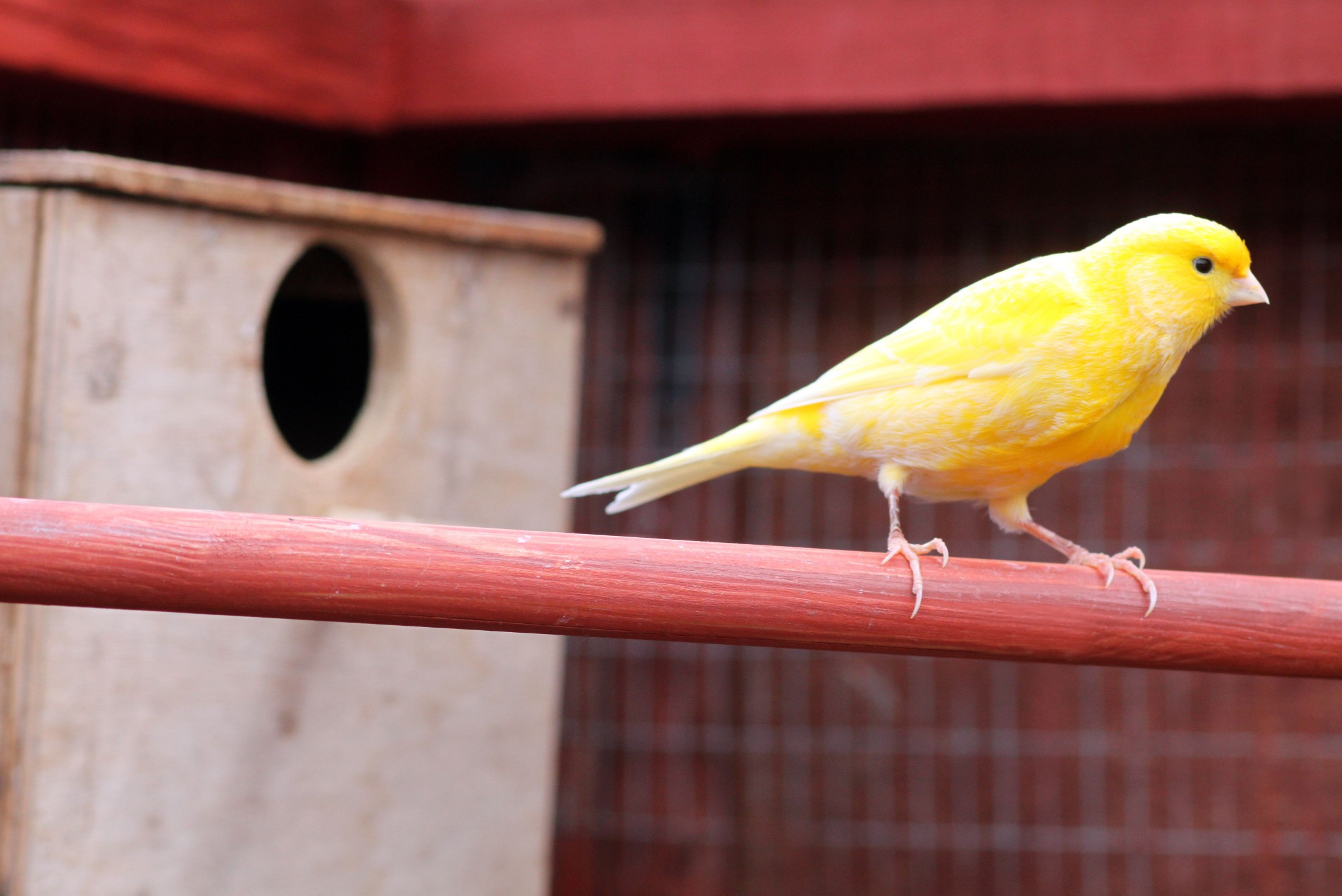
Canary: Bird Species Profile
A canary is an undemanding little charmer that is usually a beginner's cana bird. This small finch
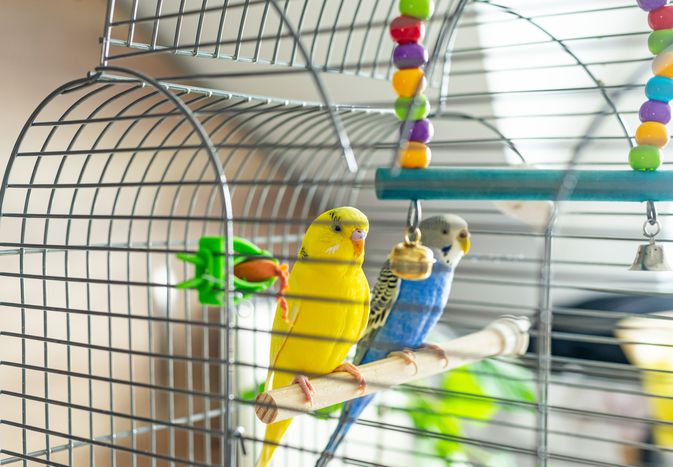
Tips for Maintaining a Clean Bird Cage
Cleaning your bird's cage can at first seem like a tedious chore. With so many bars, cracks, an
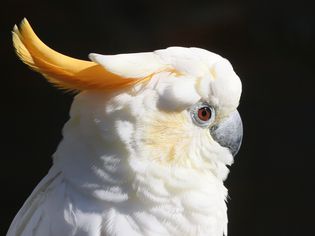
Citron-Crested Cockatoo: Bird Species Profile
The citron cockatoo is a slightly smaller, quieter, and more subdued variety of the sulphur-crested

Umbrella Cockatoo (White Cockatoo): Bird Species Profile
A sweet-natured species, umbrella cockatoos can be overly affectionate—bordering on obsessive—w
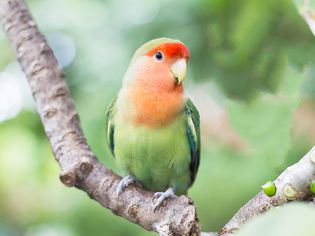
9 Top Green Parrots to Keep as Pets
Green is a dominant color in many parrot species around the world, including those frequently kept
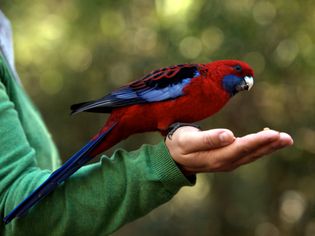
8 Best Talking Pet Parrots
When we hear the word "parrot," an iconic image comes to mind: a large, colorful bird whose
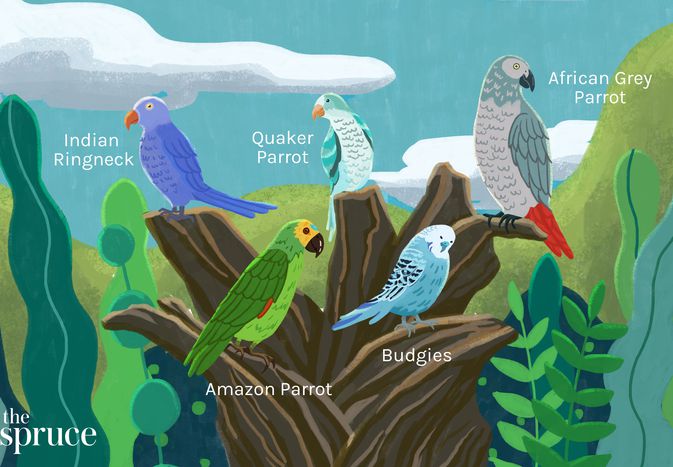
8 Best Talking Birds to Keep as Pets
Talking birds are popular pets because they can mimic human speech or even perform tricks. While so
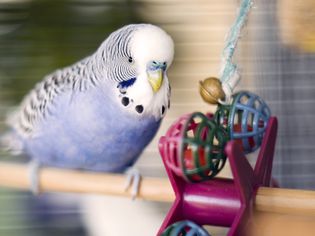
5 Cheap Bird Toys You Can Make at Home
A dilemma that many bird owners face is the problem of providing enough toys for their precocious p
About WhiskerClub
We are a premier digital platform committed to delivering high-quality content to our readers. Our mission is to provide accurate, reliable, and engaging information that adds value to our audience's daily lives.
Our team consists of experienced content creators and subject matter experts who uphold the highest standards of professionalism. In an era of information overload, we curate content with care, ensuring our users receive only the most relevant and trustworthy information.
Beyond just reporting facts, we focus on depth and context. Through expert analysis, comprehensive research, and clear presentation, we help our audience gain meaningful insights and make informed decisions.
We take pride in being a trusted information source for our growing community of readers. Our user-first approach means we continuously adapt to provide content that meets our audience's evolving needs and interests.
Innovation and excellence drive everything we do. We're committed to improving our platform and services to deliver the best possible experience for our users.

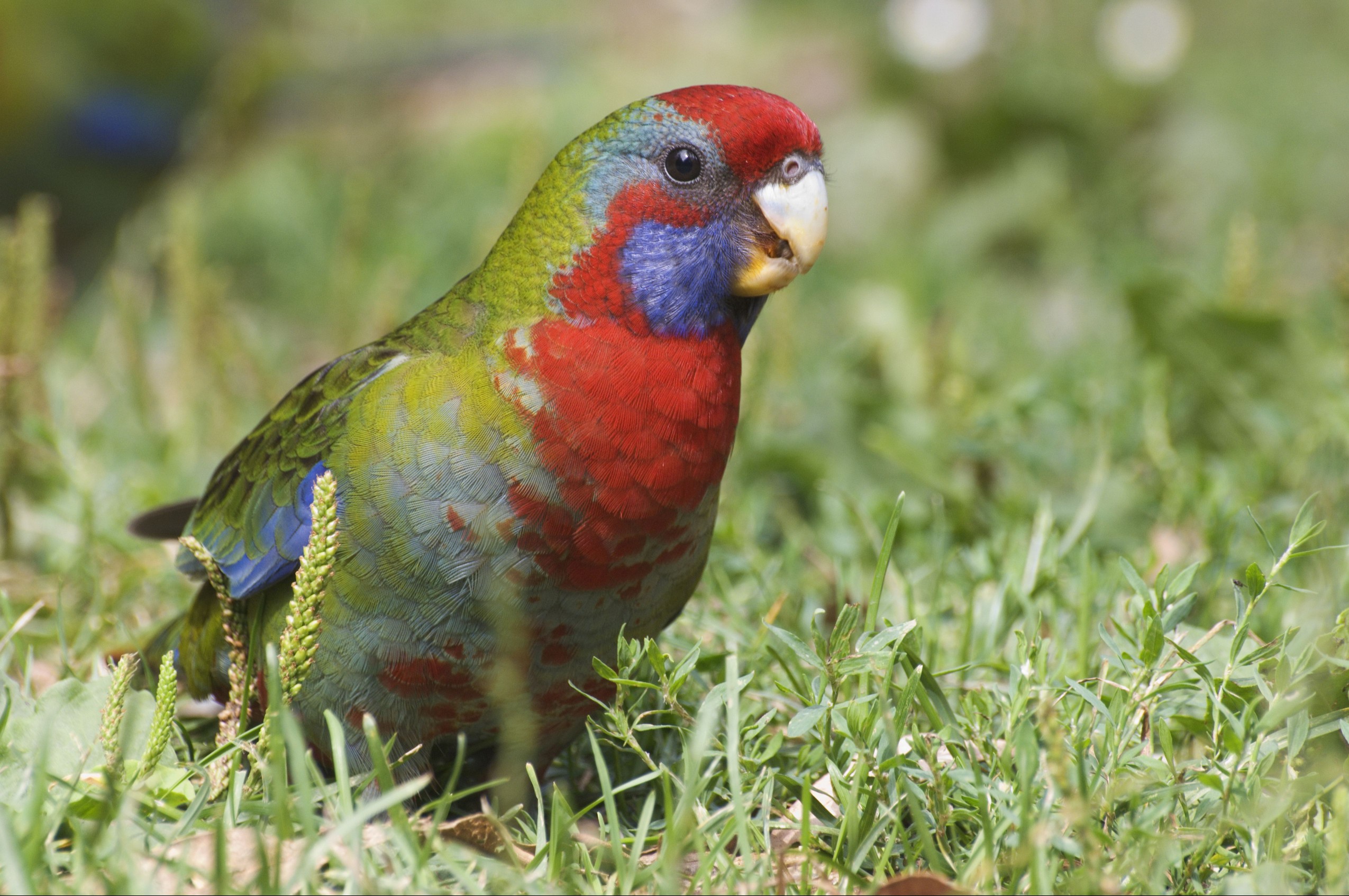
Comments on " Crimson (Pennant) Rosella: Bird Species Profile" :